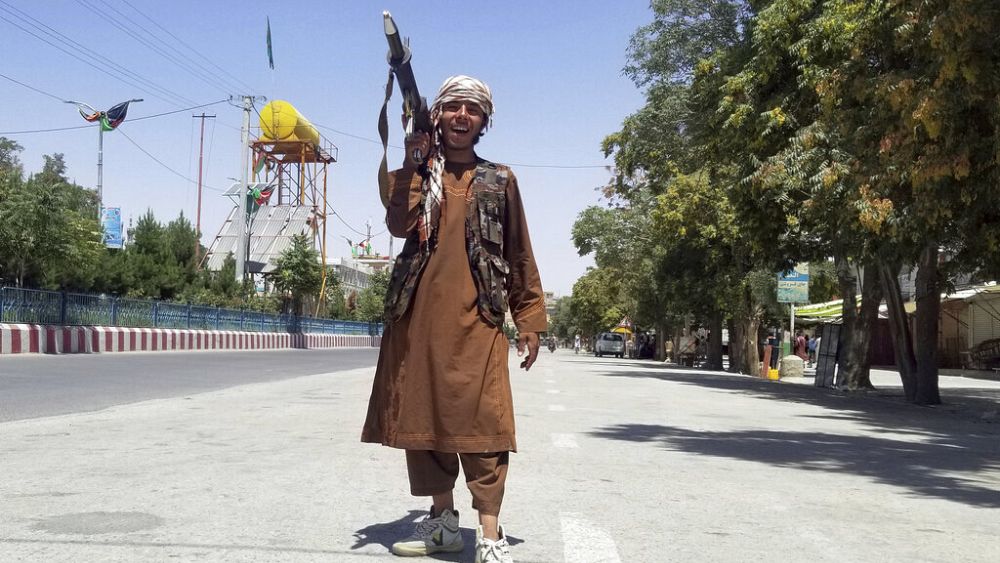
The British and American governments are to send thousands of troops to Afghanistan to aid their nationals still in the country, amid a Taliban onslaught that has seized more cities and territory from Afghan forces.
Thursday’s announcements came on the day the Taliban captured Afghanistan’s third-largest city and a strategic provincial capital near Kabul, further squeezing the country’s embattled government.
The UK is to send around 600 troops to Afghanistan to aid Britons to leave the country as the Taliban continue to make huge advances, the British government said on Thursday.
Defence Minister Ben Wallace said in a statement the extra troops would support Britain’s diplomatic presence in Kabul, help Britons leave the country and help relocate former Afghan personnel who had served with British forces.
Earlier came news from Washington that the US is to send additional troops into Afghanistan to help evacuate some personnel from the embassy in Kabul.
Pentagon spokesman John Kirby confirmed later on Thursday that 3,000 troops would be sent to Kabul. They will join some 650 US soldiers already in the country, and 3,500 more military personnel will be sent from Qatar.
On Thursday night the EU’s top diplomat Josep Borrell said in a statement that the Taliban would face international “isolation” if “power is taken by force”.
Earlier, Denmark became the first country in the European Union to offer residency to those it has worked with in Afghanistan. It’s thought the move approved by Danish MPs will help around 45 Afghan nationals, along with their spouses and children.
A Spanish diplomatic source told Euronews on Thursday that Spain was also working on a Kabul evacuation plan for Afghans who had worked with Spanish organisations, along with their families. “We are working as fast as possible,” the source said.
The latest moves come amid a rapidly deteriorating security situation in Afghanistan, just weeks before the end of the American military mission there.
The Taliban’s capture of Herat in the west of the country came just hours after the taking of Ghazni, 150 kilometres southwest of Kabul, giving them a vital foothold on the approach to the capital.
The seizure of Herat marks the biggest prize yet for the Taliban, who have taken 11 of Afghanistan’s 34 provincial capitals as part of a weeklong blitz.
Taliban fighters seized government buildings and “raised their flags all over the city”, according to one resident who spoke to AFP.
The capture of Ghazni, meanwhile, cuts off a crucial highway linking the Afghan capital with the country’s southern provinces, which similarly find themselves under assault.
The Afghan government has now lost control of two-thirds of the country — most territories in the north, south, and west — and is struggling to maintain its presence in Kandahar. The southern city, the second largest in the country, is under siege and ravaged by fighting.
Also in the south, the Taliban’s heartland, heavy fighting continued in Lashkar Gah, where surrounded government forces hoped to hold onto the capital of Helmand province.
Thousands of people have fled their homes amid fears the Taliban will again impose a brutal, repressive government, all but eliminating women’s rights and conducting public amputations, stonings and executions.
Peace talks in Qatar remain stalled, though diplomats met throughout the day on Thursday.
Although Kabul is not yet directly under threat, the latest US military intelligence assessment suggests the capital could come under insurgent pressure within 30 days and that, if current trends hold, the Taliban could gain full control of the country within a few months.
The onslaught represents a stunning collapse of Afghan forces and renews questions over $830 billion spent by the US Defense Department on fighting, training those troops, and reconstruction efforts.